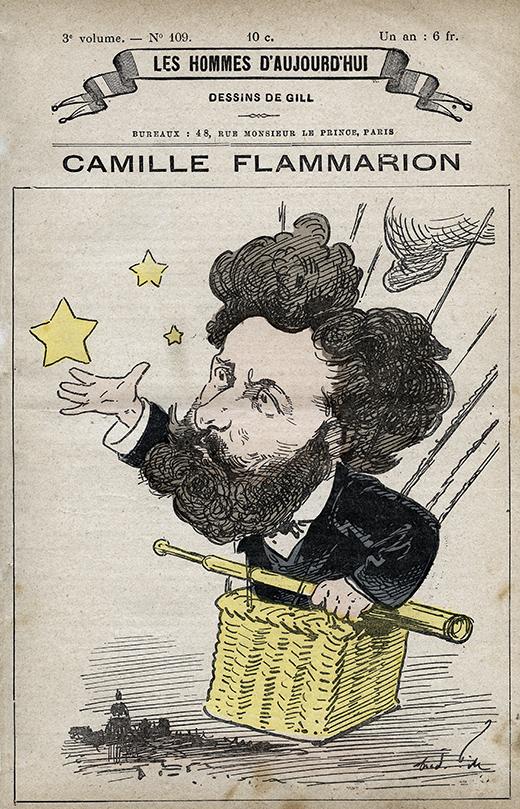
The Didaktika project offers visitors the chance to complement their experience of the exhibitions on view with didactic presentations in educational spaces and with special activities. On this occasion, Didaktika focuses on the unsettled sociopolitical and cultural context of the art created in the last decades of the 19th century in Paris.
The press played a principal role in spreading information about current events, politics, and cultural happenings, ultimately influencing public opinion regarding these. Newspapers and journals published les faits divers (crimes, accidents, and tragedies reported in a few pithy lines), and spurred gatherings and political and social discussions both on the streets and in cafes and salons, where intellectuals gathered.
The importance of the press in this era has inspired this didactic space where newspaper headlines present a selection of significant events that affected or stimulated the ideas and production of artists.
The Dreyfus Affair sparked a political debate that revealed the rise of anti-Semitism and strident nationalism in France. Contemporaneously, the emergence and proliferation of cabarets was lambasted as a symptom of social decadence. An overall sense of anxiety seemed to increase due to alarming reports about cases of psychological malaise, including suicides and diagnoses of hysteria among women. On the other hand, the headlines that announced technological developments and the latest investigations and discoveries in the sciences, as well as new artistic techniques, reflected the cultural vibrancy and scientific advances of the time.
Camille Flammarion, caricature for the magazine Les Hommes d'aujourd'hui. Getty Images
